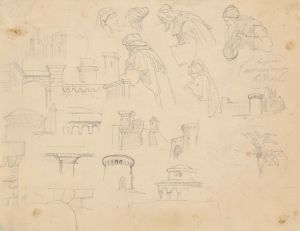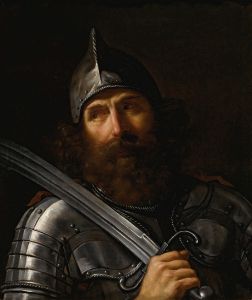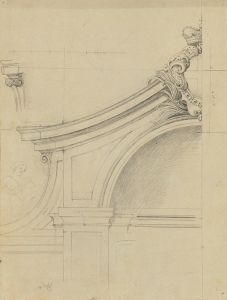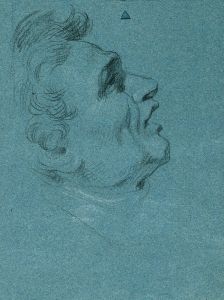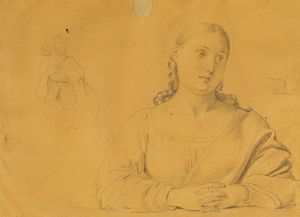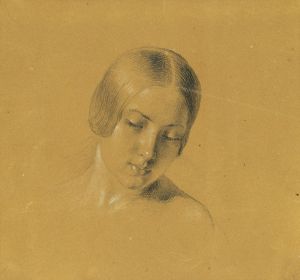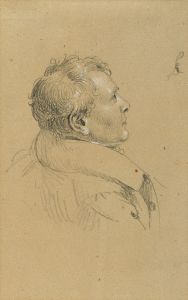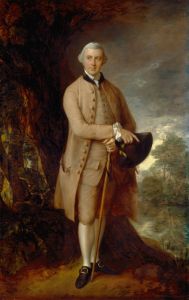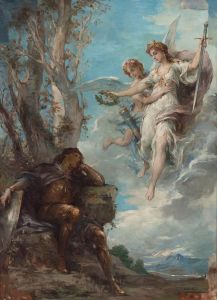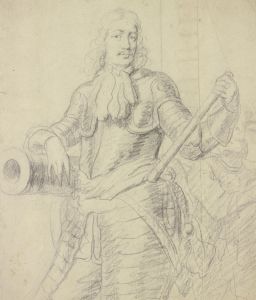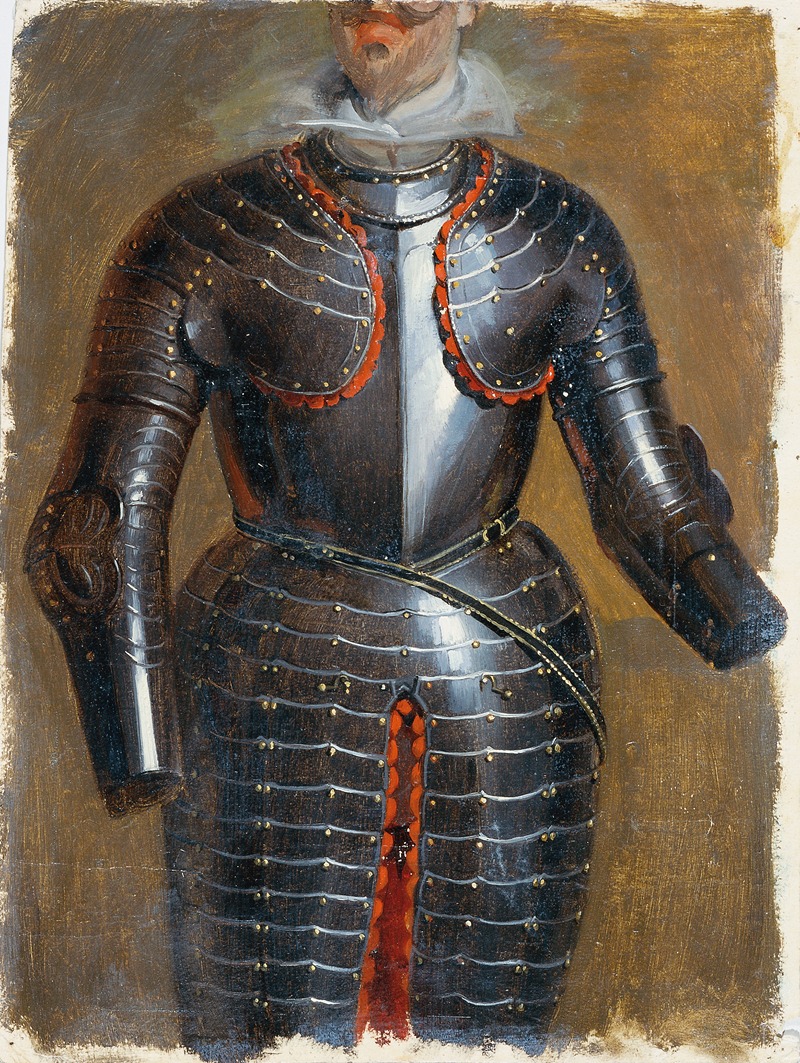
Dreiviertelharnisch
A hand-painted replica of Johann Peter Krafft’s masterpiece Dreiviertelharnisch, meticulously crafted by professional artists to capture the true essence of the original. Each piece is created with museum-quality canvas and rare mineral pigments, carefully painted by experienced artists with delicate brushstrokes and rich, layered colors to perfectly recreate the texture of the original artwork. Unlike machine-printed reproductions, this hand-painted version brings the painting to life, infused with the artist’s emotions and skill in every stroke. Whether for personal collection or home decoration, it instantly elevates the artistic atmosphere of any space.
Johann Peter Krafft was an Austrian painter known for his historical and genre scenes. One of his notable works is "Dreiviertelharnisch," which translates to "Three-Quarter Armor" in English. This painting is a fine example of Krafft's skill in capturing the essence of historical themes through detailed and realistic portrayals.
Krafft was born on September 15, 1780, in Hanau, Germany, and later moved to Vienna, where he became a prominent figure in the art scene. He studied at the Academy of Fine Arts in Vienna and was influenced by the works of Jacques-Louis David, a leading figure in the Neoclassical movement. Krafft's style is characterized by its clarity, attention to detail, and the ability to convey narrative through visual art.
"Dreiviertelharnisch" is a testament to Krafft's ability to depict historical subjects with a sense of authenticity and drama. The painting features a figure clad in three-quarter armor, a type of protective gear that covers the torso and upper limbs, leaving the lower legs exposed. This style of armor was commonly used during the late Renaissance and early Baroque periods, particularly in the 16th and 17th centuries. It was favored for its balance between protection and mobility, making it suitable for both battlefield and ceremonial use.
Krafft's depiction of the armor is meticulous, showcasing his attention to the intricate details of the metalwork and the play of light on its surface. The figure's pose and expression suggest a moment of contemplation or readiness, adding a narrative element to the composition. The background of the painting is typically subdued, focusing the viewer's attention on the central figure and the craftsmanship of the armor.
Throughout his career, Krafft was known for his ability to blend historical accuracy with artistic expression. His works often reflect the cultural and political climate of his time, capturing the spirit of the Austrian Empire during the early 19th century. "Dreiviertelharnisch" is no exception, as it embodies the martial valor and chivalric ideals that were celebrated in the art and literature of the period.
Krafft's contributions to art were recognized during his lifetime, and he held several prestigious positions, including that of a professor at the Academy of Fine Arts in Vienna. His works were widely exhibited and appreciated for their technical proficiency and narrative depth.
Today, Johann Peter Krafft's paintings, including "Dreiviertelharnisch," continue to be studied and admired for their historical significance and artistic merit. They offer a window into the past, allowing contemporary audiences to appreciate the skill and creativity of an artist who played a significant role in shaping the visual culture of his era.





